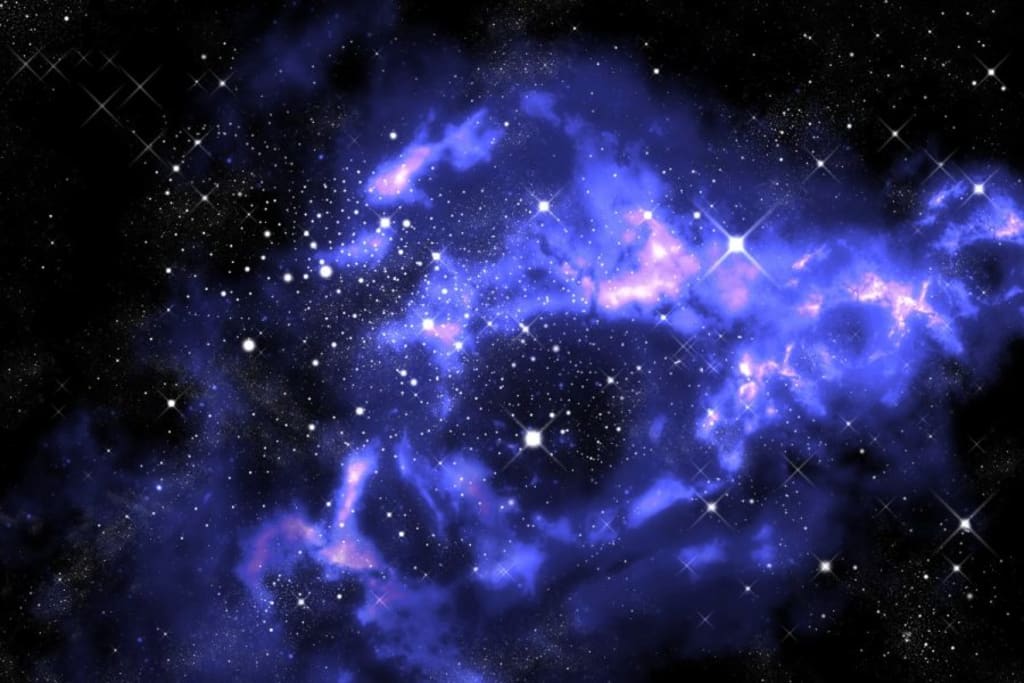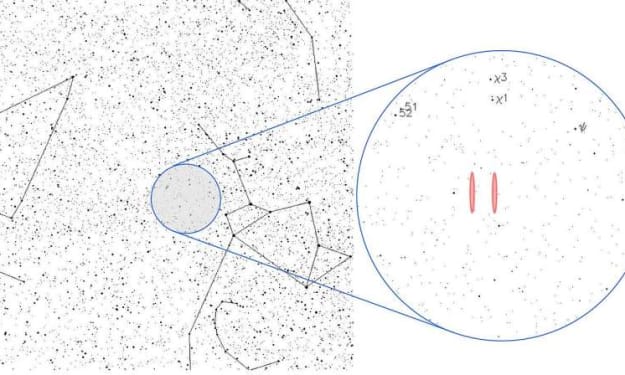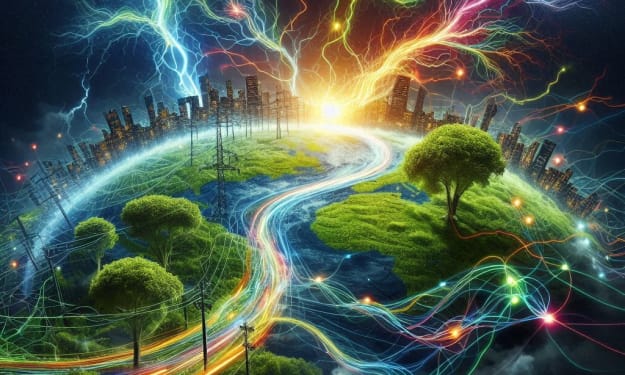Dark Matter and Dark Energy: Unveiling the Cosmic Mysteries Beyond the Visible
In this article, we embark on a journey to explore the profound mysteries of dark matter and dark energy, which make up the majority of the universe's content.

When we look up into the night sky, we are greeted by the myriad of sparkling stars, galaxies, and other cosmic wonders that illuminate the universe. However, concealed in the vastness of the universe are two mysterious elements known as dark matter and dark energy. These forces continue to be unobservable and evasive, which complicates our ability to comprehend the universe. In this piece, we go out on an adventure to investigate the great secrets of dark matter and dark energy, which together make up the majority of the stuff in the universe.
Unveiling Dark Matter, Also Known as the Mass That Cannot Be Seen
Astrophysicists have been scratching their heads for decades over the mystery that is dark matter. It is referred to as "dark" because it does not give off any light nor does it take any in, making it unobservable by our telescopes and detectors. Despite the fact that it is difficult to detect, dark matter is extremely important to both the formation and development of the universe.
The Arguments in Favor of Dark Matter
It is possible to deduce the existence of dark matter by observing the gravitational impact it has on visible matter. Galaxies are held together by it, preventing them from drifting apart because to the great rotating speeds they experience. Additionally, the gravitational attraction of dark matter is responsible for the phenomenon known as gravitational lensing, which is the bending of light.
Potential Candidates for Dark Matter
There have been several hypotheses put forward as possible candidates for dark matter, some of which include weakly interacting massive particles (WIMPs), sterile neutrinos, and axion particles. On the other hand, direct detection has not yet been achieved, and the hunt for tangible evidence continues.
The Increasing Size of the Universe and the Role of Dark Energy
On the other side, dark energy is a mysterious force that is thought to be responsible for the accelerating expansion of the universe. Dark energy, as opposed to gravity, which draws stuff closer together, is responsible for driving galaxies further away. In the late 1990s, observations of far-off supernovae provided evidence that its existence was indeed real.
The so-called "Cosmological Constant" or the Quintessence?
There is still much debate over the make-up of dark energy. It is possible to attribute it to something called a "cosmological constant," which is a constant energy density that fills space, or to something called a "quintessence," which is a dynamic field. In the field of cosmology, one of the most difficult problems to solve is trying to figure out what exactly dark energy is.
The Solution to the Mysteries of the Universe: Dark Matter and Dark Energy Together
The fact that dark matter and dark energy predominate the universe's composition is possibly the feature that is the most intriguing about them. Ordinary matter, such as the stars, planets, and galaxies that we can observe, makes up only about 5% of the universe's total composition, while dark matter and dark energy make up approximately 95% of the total.
Bringing to Light the Hidden Facts
Research into these enigmatic aspects of the cosmos is currently being carried out by scientists from all across the world. Direct or indirect detection of dark matter can be accomplished with a variety of instruments, such as particle accelerators, subsurface detectors, and space telescopes, among others. At the same time, cosmologists and astronomers are continuing their research into the expansion rate of the universe in an effort to gain a deeper understanding of dark energy.
The Epic Journey Through Space and Time Proceeds
Dark matter and dark energy are like the ghosts of the cosmos; they influence the course of events throughout the universe, but they cannot be seen directly. We are getting closer to the center of the universe, and as we do, we are getting closer to uncovering the mysteries that lie within it. These secrets of the cosmos serve as a reminder that the world is much more fascinating and intricate than we are able to understand based just on what we see with our eyes, and the endeavor to decipher its riddles continues to capture the imaginations of both scientists and amateur stargazers.
About the Creator
Stephen Keith B. Labto
Keith's transition from computer engineer to passionate writer was unique. Keith's curiosity and imagination pushed him to try something new. He invites readers to explore knowledge's various and beautiful landscapes one word at a time.
Enjoyed the story? Support the Creator.
Subscribe for free to receive all their stories in your feed. You could also pledge your support or give them a one-off tip, letting them know you appreciate their work.






Comments
There are no comments for this story
Be the first to respond and start the conversation.